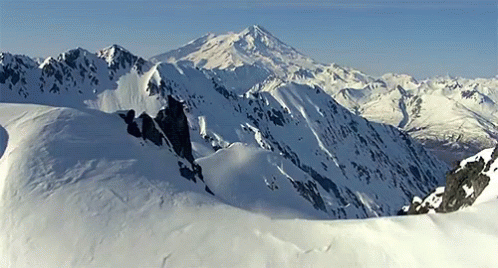
Glaciers of Hindu-Kash Karakoram Himalaya (HKH) have significant contribution to earth climate however, the region has lack of detail knowledge about its glaciers. Specifically, stability of glaciers in Karakoram range of Hunzza sub-basin is well-known anomaly.

Therefore, to understand dynamics for climate change of HKH, monitoring of its glaciers is needed. Glacier inventory is baseline data for such monitoring and clear-ice surface is a quantifying parameter of glacier changes.

This study exploits series of multispectral image obtained from the Operational Land Imager (OLI) by the Landsat 8 to map the current extent of clear-ice in HKH area. Some machine learning classifications are demonstrated.

The results indicate that glacier ice is the basin has not significantly changed overall for the last 20 years. The most interesting outcome of the results is that the change in clear ice extent is inversely proportional to the area of the glaciers means that the smaller glacier has much more variations as compared to the bigger glaciers. Machine learning has a significant role for automatic extraction of clear-ice when exploited with the OLI.
